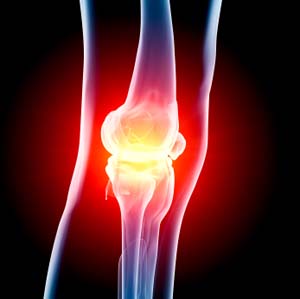
Common Symptoms of a Knee Injury
Pain, swelling, and stiffness are the common symptoms of any damage or injury to the knee. If care is not taken during the initial phases of injury, it may lead to joint damage, which may end up destroying your knee.
Causes of Knee Injury
The common causes of knee injury include:
- Fracture of the femur (thighbone), tibia and fibula (leg bones)
- Torn ligament (either anterior or posterior cruciate ligament)
- Rupture of blood vessels following a trauma that leads to the accumulation of extra fluid or blood in the joint
- Dislocation of the kneecap (patella)
- Torn quadriceps or hamstring muscles
- Patellar tendon tear
Diagnosis of Knee Injury
If the pain and swelling are rapid, then immediate diagnosis and appropriate medical treatment are advised. Initial diagnosis includes physical and joint examination followed by an X-ray.
Treatment of Knee Injury
Immediately following a knee injury and before being evaluated by a medical doctor, you should initiate the R.I.C.E. method of treatment.
- Rest: Rest your knee, as more damage could result from putting pressure on the injury.
- Ice: Ice packs applied to the injury will help reduce swelling and pain. Ice should be applied over a towel to the affected area for 15-20 minutes, four times a day for several days. Never place ice directly over the skin.
- Compression: Wrapping the knee with an elastic bandage or compression stocking can help minimize the swelling and support your knee.
- Elevation: Elevating the knee above heart level will also help reduce swelling and pain.
Acute or mild knee injuries do not require knee surgery. It can be treated with anti-inflammatory drugs. It is necessary to drain out accumulated extra joint fluid through a syringe or needle. If pain persists for a long time or appears at night or while at rest, it is important to visit your doctor.
Taping, massage, mobilization, stretching and strengthening exercises as well as exercises to improve your balance and agility are other treatment options that may be recommended.
In some cases, if the pain is intolerable, your doctor may recommend a cortisone injection. However, it is a good practice to avoid the use of cortisone, as it weakens and softens your cartilage, thereby leading to arthritis of the knee. More severe cases are treated by surgery followed by a period of rehabilitation to strengthen the knee.
